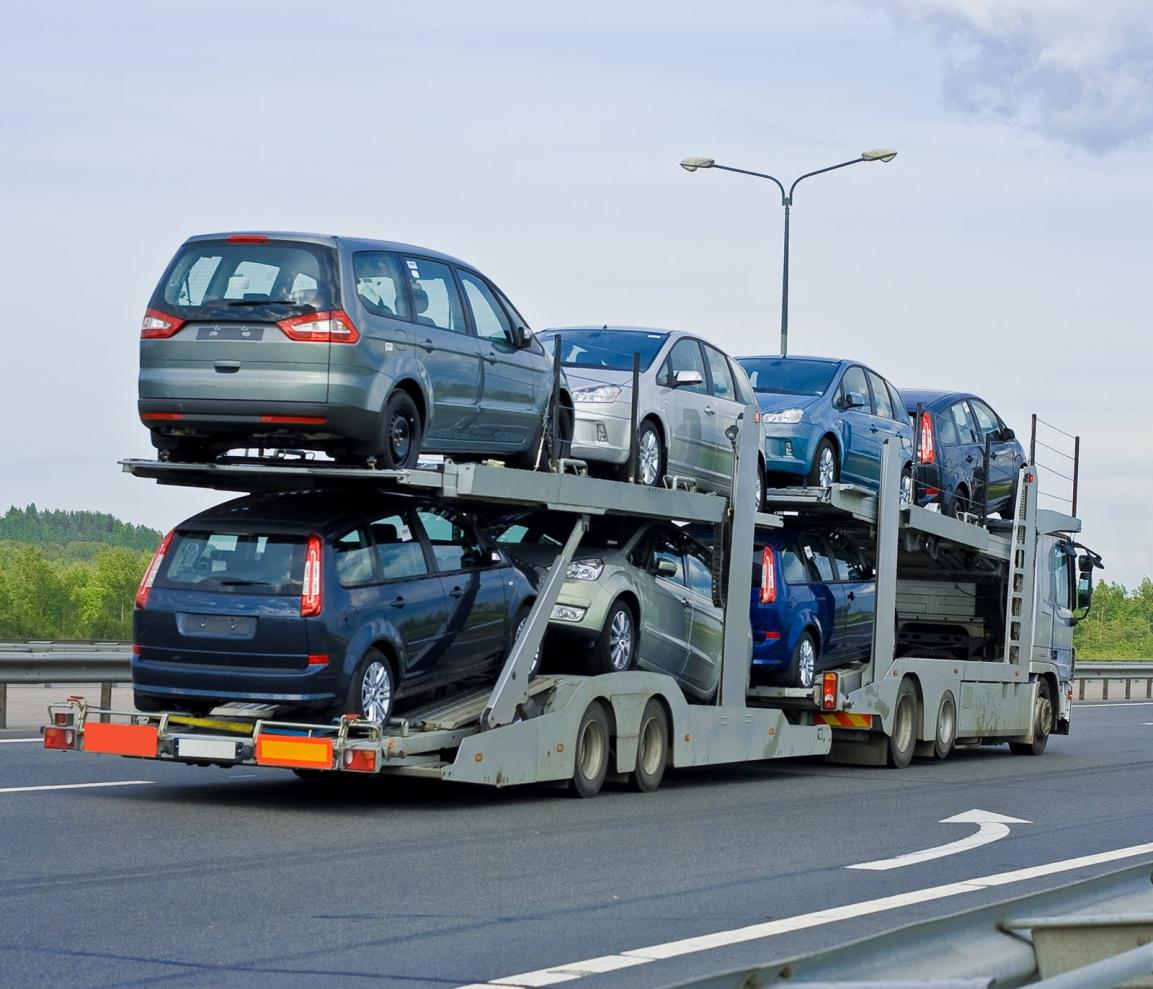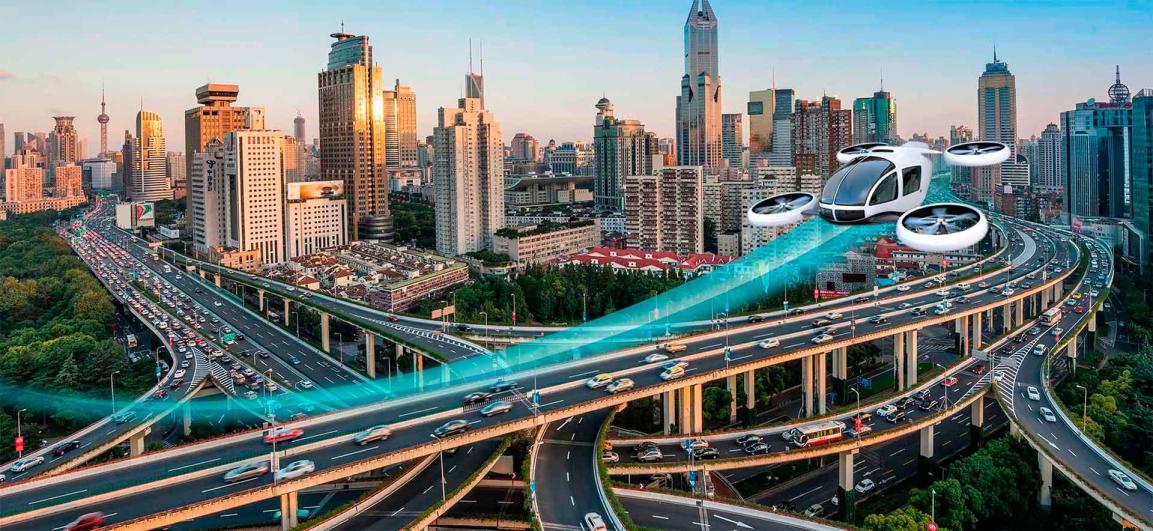How Can Satellite Data Transportation Improve Firefighting Operations?
In the relentless battle against wildfires, timely and accurate data plays a pivotal role in ensuring the safety of firefighters and the effectiveness of firefighting operations. Satellite data transportation has emerged as a game-changing technology that revolutionizes the way firefighters gather, transmit, and utilize data, leading to enhanced situational awareness, improved communication and coordination, and data-driven decision-making.

Satellite Data Transportation: An Overview
Definition And Role In Firefighting Operations
Satellite data transportation involves the transmission of data from satellites to ground stations, enabling the transfer of information over vast distances in real-time. In firefighting operations, satellite data transportation plays a crucial role in relaying critical data from sensors, drones, and other devices directly to firefighters and command centers, providing them with a comprehensive view of the fire situation.
Advantages Over Traditional Communication Methods
- Reliability and Security: Satellite data transportation offers reliable and secure data transmission, ensuring uninterrupted communication even in remote and challenging environments where traditional communication methods may fail.
- Wide Coverage and Accessibility: Satellites provide global coverage, allowing firefighters to access data from anywhere, regardless of their location or the availability of terrestrial infrastructure.
- Real-Time Data Transmission: Satellite data transportation enables real-time transmission of data, providing firefighters with up-to-date information on fire behavior, weather conditions, and resource allocation.
Satellite Technologies Used For Data Transportation In Firefighting
- Geostationary Earth Orbit (GEO) Satellites: GEO satellites are positioned in a fixed orbit above the Earth's equator, providing continuous coverage of a specific region. They are commonly used for transmitting data from sensors and drones to ground stations.
- Low Earth Orbit (LEO) Satellites: LEO satellites orbit the Earth at a lower altitude, providing high-resolution imagery and data with lower latency. They are particularly useful for real-time monitoring of fire perimeters and hotspots.
- Unmanned Aerial Vehicles (UAVs) with Satellite Communication: UAVs equipped with satellite communication capabilities can collect data from remote areas and transmit it directly to firefighters and command centers, providing a bird's-eye view of the fire situation.
Benefits Of Satellite Data Transportation In Firefighting
Enhanced Situational Awareness
- Real-Time Data Transmission: Satellite data transportation enables real-time transmission of data from sensors and drones, providing firefighters with up-to-date information on fire perimeters, spread patterns, and hotspots.
- Improved Visibility: Satellite imagery and data provide improved visibility of fire behavior, allowing firefighters to better understand the dynamics of the fire and make informed decisions.
- Faster Detection and Monitoring: Satellite data transportation facilitates faster detection and monitoring of hotspots, enabling firefighters to respond quickly and contain the fire before it spreads.
Improved Communication And Coordination
- Reliable and Secure Data Transmission: Satellite data transportation ensures reliable and secure data transmission between firefighters and command centers, even in remote and challenging environments.
- Real-Time Information Sharing: Satellite data transportation facilitates real-time information sharing among multiple agencies involved in firefighting operations, enabling effective coordination of resources.
- Enhanced Collaboration: Satellite data transportation promotes enhanced collaboration among firefighters, incident commanders, and support personnel, leading to more efficient and coordinated firefighting efforts.
Data-Driven Decision-Making
- Access to Historical Data: Satellite data transportation provides access to historical data on fire behavior, weather conditions, and resource allocation, enabling firefighters to learn from past experiences and make informed decisions.
- Predictive Modeling: Satellite data can be used for predictive modeling to forecast fire spread and intensity, helping firefighters anticipate fire behavior and allocate resources accordingly.
- Optimization of Firefighting Strategies: Satellite data insights can be used to optimize firefighting strategies, such as containment lines, water drops, and resource allocation, leading to more effective and efficient firefighting operations.
Case Studies And Success Stories
Numerous real-world examples showcase the transformative impact of satellite data transportation in firefighting operations. In California, satellite data was used to monitor the spread of the devastating Camp Fire in 2018, enabling firefighters to track the fire's movement and allocate resources accordingly. In Australia, satellite imagery played a crucial role in managing the 2019-2020 bushfires, providing real-time information on fire perimeters and hotspots, aiding firefighters in containment efforts.
Challenges And Limitations

While satellite data transportation offers significant benefits, it also faces certain challenges and limitations. Cost can be a barrier to adoption, especially for smaller firefighting agencies. Weather conditions, such as cloud cover, can affect the reliability of satellite data transmission. Additionally, technological barriers, such as the need for specialized equipment and training, may hinder the widespread implementation of satellite data transportation in firefighting.
Future Prospects And Advancements
The future of satellite data transportation in firefighting is promising, with emerging technologies and advancements poised to further enhance its capabilities. The integration of artificial intelligence and machine learning can enable real-time analysis of satellite data, providing firefighters with actionable insights and predictive information. Ongoing research and developments in satellite data transportation technologies hold the potential to revolutionize firefighting operations, leading to improved safety, efficiency, and effectiveness.

Satellite data transportation has emerged as a powerful tool that is transforming firefighting operations. By providing real-time data transmission, improved communication and coordination, and data-driven decision-making, satellite data transportation empowers firefighters with the information they need to combat wildfires more effectively and efficiently. As technology continues to advance, the integration of satellite data transportation with other innovative solutions will further enhance firefighting capabilities, leading to a safer and more resilient future.
YesNo

Leave a Reply